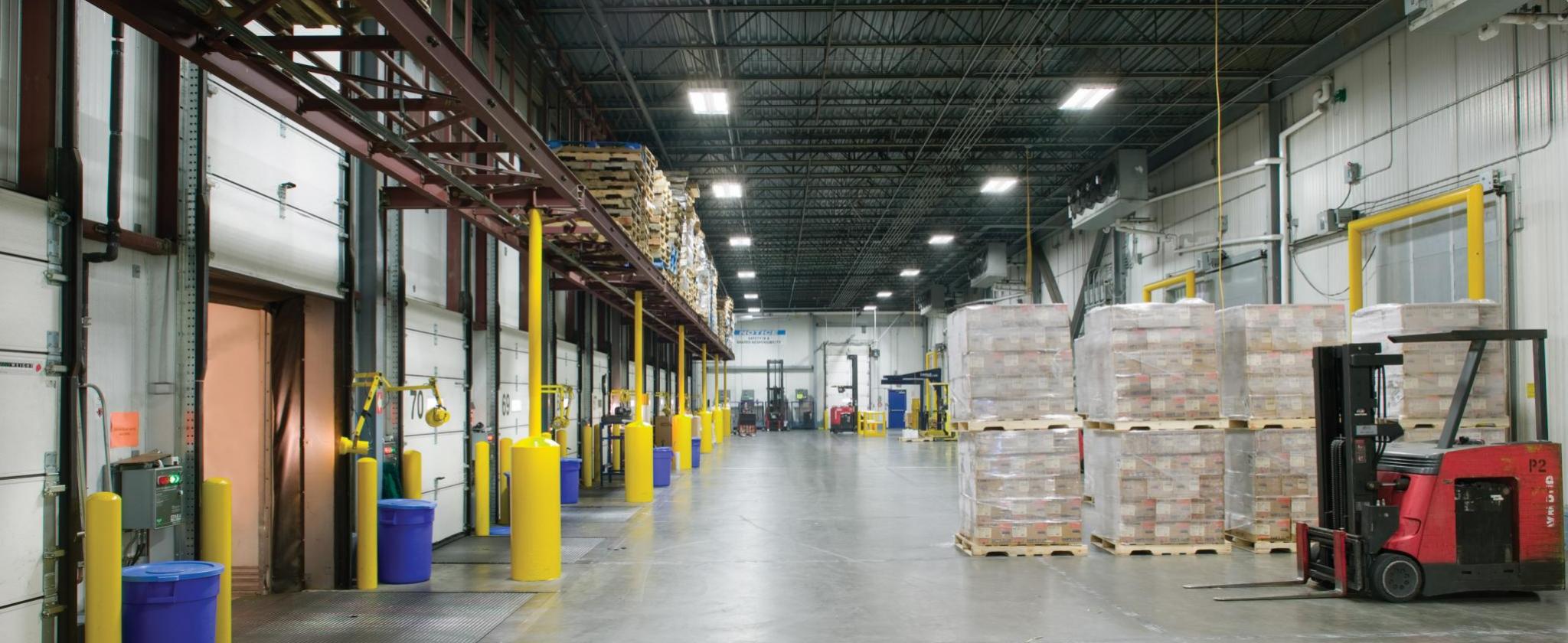Artificial intelligence (AI) refers to the simulation of human intelligence in machines that are programmed to think like humans and mimic their actions. The term may also be applied to any machine that exhibits traits associated with a human mind such as learning and problem-solving.
There are three types of AI:
- Artificial narrow intelligence (ANI, which has a narrow range of abilities, Weak AI
- Artificial general intelligence (AGI), which is on par with human capabilities, Strong AI
- Artificial super intelligence (ASI), which is more capable than a human.
Currently, we are looking at devices operating in the (ANI) narrow intelligence grouping or sometimes referred to as the weak AI. The phrase is a little misleading as the capabilities of ANI system is quite spectacular when we compare them to the so called intelligent devices of the past.
Narrow AI is goal focused, in that it is designed to perform a singular task such as recognising a voice or facial recognition. General or strong intelligence is where a computer mimics human intelligence with the ability to learn and problem solve. It uses a theory of mind AI that is not about replication, it’s about the machine truly having the ability to understand humans. And then there’s super intelligence, which may well be more advanced than human.
AI is part of our everyday lives. When we connect to the internet and have ads related to our browsing history or suggestions based on our behaviour, a form of AI is making these decisions. If you have an Alexa, use Google or Siri then you are communicating with an AI. Medicine uses AI to map diseases and social networks are in part just one big AI.
As with all technology we see a gradual evolution and adoption of new smart devices that seamlessly integrates into our lives, and this is precisely where AI can make a difference. The same can be said of smart buildings where the technology is so integrated into the fabric of the building so that its operation, testing, and maintenance are all seamlessly working away in the background without impacting on the people or machinery occupying that space.
Sensors that regulate daylight with artificial lighting or devices that monitor occupancy or track people movement make decisions that can be monitored and used to create any number of different scenarios. These can vary from should I put the lights on, shade the space by lowering the blinds or turn the air-conditioning off or on. Other values can be set, and these can be linked to alarms that look at critical messages for hazardous areas or simply why is a person in a certain area.
Atex works with advance solutions, offering platforms designed to manage these system critical functions, watching and learning how a space is being used and how it can be dramatically improved.
Smart hardware such as the new wireless IoT sensors, combine traditional lighting sensing and monitoring with environmental measurement to highlight not only the light level and quality of light, but they also provide data on temperature, CO2, VOC, Pressure and Humidity. It’s a holistic approach that empowers the system and if paired to the right software solution create a truly connected and smart space.
Developments like the Cloud and the new IoT sensors built around the WELL standard are the first steps in creating a smart AI for lighting. This narrow AI solution is very much goal focused as we look to reduce downtime, energy usage and risk using smart diagnostics.
AI will reduce our dependency on certain hardware and remove duplication. It will continually review and optimise and act on diagnostic data to ensure buildings are safe and reliable.
When we consider the circular economy and how best to manage our resources then AI will become the backbone of the systems that monitor where our energy comes from and how its used. The longevity of systems and hardware will become key in ensuring we don’t waste resources and platforms that recognise and adapt will ultimately succeed where proprietary solutions may fail. AI is not about any single technology it’s a process of delivering a task well and delivering on your goals, and when those goals change, we all adapt to the new normal.
